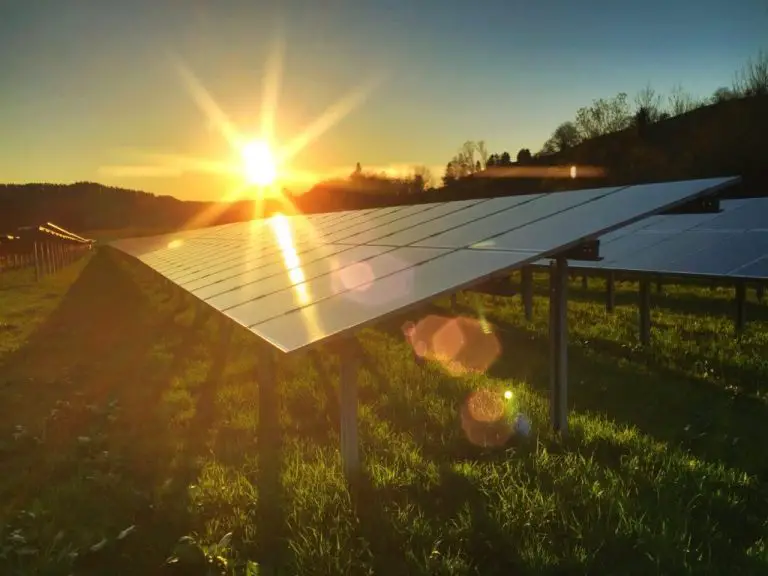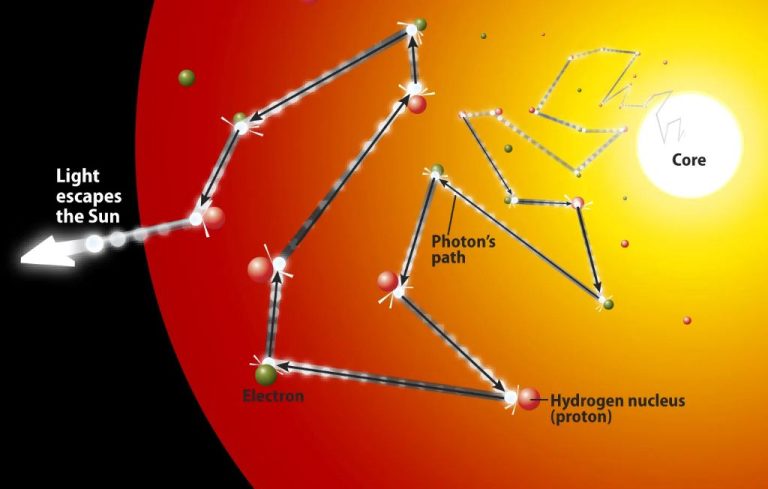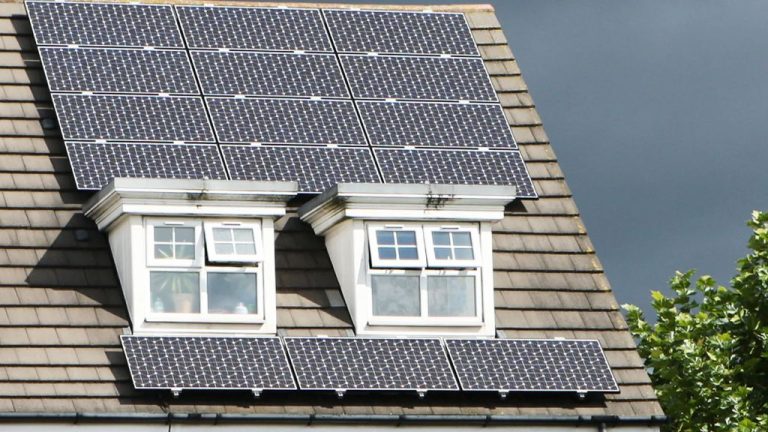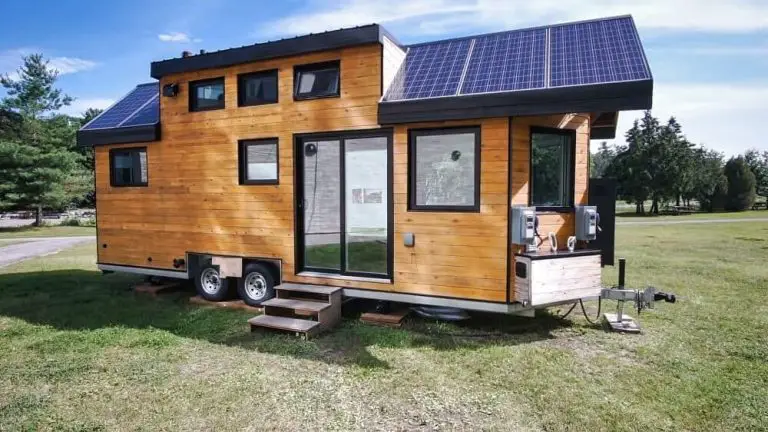What Type Of Energy Is Solar?
What is Solar Energy?
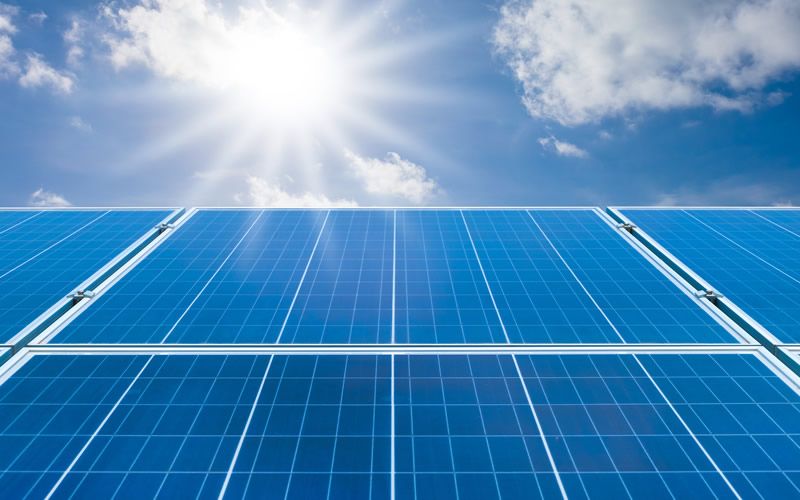
Solar energy is the radiant energy emitted from the sun that is converted into thermal or electrical energy. Solar panels, also called photovoltaic (PV) panels, convert sunlight directly into electricity using the photovoltaic effect. When sunlight hits certain materials it knocks electrons loose, creating an electric current that is collected by metal contacts and wires in the PV cell.
The history of utilizing solar energy dates back centuries. Ancient civilizations used magnifying glasses to concentrate sunlight to make fire. In 1839, French physicist Edmond Becquerel discovered the photovoltaic effect while experimenting with metal electrodes in electrolyte solutions. Albert Einstein won the Nobel Prize in 1921 for explaining the photoelectric effect, which laid the foundations for solar PV technology. The first solar cell capable of converting enough sunlight into power to run everyday equipment was developed at Bell Labs in 1954.
Today, solar energy is one of the fastest growing renewable energy sources. Solar panels on homes, commercial buildings and solar farms convert sunlight into electricity to power our homes, businesses and grid. Solar energy offers a clean, renewable way to produce electricity with zero carbon emissions.
Sources:
https://understand-energy.stanford.edu/energy-resources/renewable-energy/solar
https://eli.lehigh.edu/sites/eli.lehigh.edu/files/Solar_PrintVersion.pdf
How Solar Panels Work
Solar panels are made up of photovoltaic (PV) cells, which are made from semiconducting materials like silicon. When sunlight hits these cells, the photons from the light knock electrons loose from the atoms in the semiconducting material. This process creates free electrons that can be captured and turned into an electric current. The PV cells contain both a positively charged layer (p-type) and a negatively charged layer (n-type). The difference in charge between these two layers creates an electric field across the cell. As electrons are knocked loose, they flow from the n-type side to the p-type side, generating electricity.
The electric current generated from the PV cells then flows through interconnecting wires to combine the current from all of the individual cells. The direct current (DC) electricity produced is then fed through an inverter, which converts it into usable alternating current (AC) electricity that can power lights, appliances, and more. This AC electricity can be used immediately or fed into the utility grid.
The amount of electricity generated by a solar panel depends on how much light strikes the panel. Areas that receive more annual sunlight will produce more solar power. Solar panels work even on cloudy days, just less efficiently than on very sunny days. Advances in solar cell technology and panel efficiency are allowing solar panels to convert a greater percentage of sunlight into usable electricity.
Types of Solar Energy Technologies
There are several technologies used to harness energy from the sun. Two of the main ones include:
Photovoltaics (PV): This technology uses solar panels composed of solar cells made from materials like silicon to directly convert sunlight into electricity.[1] When the photons from sunlight hit the solar cells, they excite the electrons and generate an electric current. PV panels produce DC power which can be used to power equipment or converted into AC power to integrate with the utility grid. PV solar power is used in many applications ranging from small consumer devices to utility-scale solar farms.
Concentrated Solar Power (CSP): CSP uses mirrors or lenses to concentrate sunlight onto a receiver containing a heat-transfer fluid. The concentrated energy heats the fluid to a high temperature, which is then used to drive a steam turbine or heat engine connected to an electrical generator. CSP allows for thermal energy storage by heating up molten salt during times of sunlight, which can then generate electricity at night. CSP plants are often designed like conventional power plants but use the sun’s thermal energy instead of fossil fuels.
In addition, solar energy technologies are also used widely for heating water and spaces. Passive solar design takes advantage of sunlight to provide heating and lighting for buildings. Solar water heaters use solar collectors and a storage tank to provide domestic hot water.[2]
Overall, solar technologies provide renewable and clean alternatives to fossil fuels in many energy applications.
[1] https://www.seia.org/initiatives/solar-technologies
[2] https://www.planete-energies.com/en/media/article/two-types-solar-energy
Benefits of Solar Energy
Solar energy has many advantages that make it an attractive renewable energy source. Some of the key benefits of solar energy include:
Renewable – Solar energy comes from the sun, which will continue providing energy for billions of years to come. Unlike fossil fuels, solar energy is an infinite resource that will never run out (1).
Reduces fossil fuel dependence – Using solar energy reduces dependence on coal, oil and natural gas. Widespread adoption of solar energy would decrease the strain on finite fossil fuel supplies (2).
Reduces emissions – Solar power generation emits no greenhouse gases or air pollutants. Increased solar energy use decreases the environmental impact of electricity generation and benefits public health.
Cost savings long-term – While solar panel systems require an upfront investment, they can provide electricity for decades with minimal operating and maintenance costs. Solar energy protects against rising energy prices and provides long-term financial benefits.
Limitations of Solar Energy
While solar energy has many benefits, it also has some limitations to consider:
Intermittency: Solar energy relies on sunlight, which means solar panels do not produce electricity at night or when it’s cloudy. This intermittency means solar often needs to be paired with energy storage solutions or backup power from the grid (source).
High upfront costs: Installing a residential or commercial solar array requires a significant upfront investment. Typical solar payback periods can range from 5-10 years (source).
Low efficiency: The average solar panel is 15-20% efficient at converting sunlight into electricity. More research is needed to improve solar cell technology and efficiency (source).
Land use requirements: Solar farms require significant land area to generate utility-scale amounts of electricity. Rooftop solar on homes and buildings helps alleviate land use issues.
Solar Energy Storage
Solar energy holds great promise, but its intermittent nature means that utilities need energy storage systems to smooth out the delivery of power to the grid. Effective energy storage is key to integrating large amounts of solar on the system. In recent years, a number of innovative solar energy storage technologies have been developed to tackle this problem.
Batteries are the most common way to store solar energy. Lithium-ion batteries in particular have become affordable enough to pair with rooftop solar panels. Battery storage allows homeowners to store excess solar energy during the day to use at night. At the utility scale, gigantic battery installations can store massive amounts of solar power and discharge it when needed to meet peak demand.
Thermal energy storage allows heat from the sun to be captured and stored. This stored heat can be used to produce steam to generate electricity on demand, even when the sun isn’t shining. Molten salt is often used as the storage medium in concentrated solar power plants with thermal storage.
Pumped hydro storage involves pumping water uphill into a reservoir when energy is abundant, then releasing it through hydroelectric turbines to generate power on demand. Pairing pumped hydro with solar can provide reliable electricity 24/7.
Compressed air energy storage facilities use excess solar power to pump air into underground caverns. This compressed air is released to drive an electric generator when electricity is needed. While still fairly uncommon, compressed air can provide large-scale, long-duration energy storage.
With many options available, solar energy storage systems are critical for unleashing the full potential of solar power generation worldwide.
Solar Energy Usage Around the World
Solar energy usage varies greatly by country. According to Statista, in 2022 China was the leading country in solar energy consumption, accounting for 32.3% of global solar energy use. The United States ranked second, consuming 11.1%. Other top countries for solar energy consumption include Japan (8.7%), Germany (7.1%), and India (5.4%).
In terms of total installed solar photovoltaic (PV) capacity, China far outpaces other countries at over 300 gigawatts (GW) as of 2021 according to Solar Power Guide. The U.S. ranks second with around 95 GW of solar PV capacity. Germany and Japan follow as other leaders. Solar capacity in leading countries continues to grow rapidly each year.
Government policies have played a major role in promoting solar energy adoption. Feed-in tariffs in Germany accelerated solar growth in the 2000s. China’s renewable energy policies and targets have spurred massive deployment of solar there. Other countries like India and Brazil have set ambitious solar goals and introduced policies to incentivize rooftop and utility-scale solar projects.
Solar Energy’s Future
The future of solar energy looks extremely promising, with major improvements in efficiency and storage expected in the coming years. According to a report from MIT, solar photovoltaic panels are projected to continue gaining in efficiency, potentially reaching efficiencies over 40% by 2050 The Future of Solar Energy – MIT. Concentrated solar power technologies are also advancing, providing greater heat storage capacities to generate electricity even when the sun isn’t shining.
Global solar capacity is expected to grow rapidly, with total installed capacity projected to reach over 8,500 gigawatts by 2050, up from just 580 gigawatts in 2019 What Is the Future of Solar Energy? – Caltech. Solar alone could provide up to 40% of global electricity demands by mid-century. With continued advancements in storage and smart grid technology, solar may even be able to meet most electricity demands in the future.
Key areas of research for improving future solar technologies include developing high-efficiency multi-junction solar cells, integrating storage into solar panels, and leveraging artificial intelligence to optimize system operations. With sustained investments into R&D and supportive policies, the future is exceedingly bright for solar to become a dominant energy source worldwide.
Solar Energy and the Environment
Solar energy has several environmental benefits compared to fossil fuel energy sources. Unlike coal, natural gas, and oil, solar panels produce electricity without emitting greenhouse gases that contribute to climate change (Source). Solar energy systems do not create air or water pollution while operating, allowing countries to provide energy to growing populations without increasing pollution.
The land use impact of solar depends on the technology and site. Photovoltaic (PV) solar panels can be installed on buildings and other structures, minimizing the land footprint. However, utility-scale solar farms do take up significant acreage. Proper siting, habitat protection plans, and other measures can reduce the impact on ecosystems and wildlife (Source). Overall, the carbon reduction benefits of solar are substantial compared to the land use required.
Getting Started with Solar
For homeowners interested in installing solar panels, the first step is researching the costs and incentives available in your area. According to the San Diego County Planning & Development Services guide on solar PV systems, key steps in the residential solar installation process include:
Getting quotes from at least 3 licensed solar contractors to compare costs and services offered. Be sure to ask about the total price after incentives and rebates. Popular residential solar incentives include the federal solar tax credit, which offers a 26% credit for systems installed in 2022-2023, and local utility rebates.
Choosing the right solar panel system size for your home’s energy needs. The optimal solar system size depends on factors like roof space, electricity usage, and budget. Solar professionals can assess your home and provide system recommendations.
Applying for permits with your city or county building department. Solar contractors typically handle permitting, but homeowners should verify the proper permits are in place before installation.
Having the solar panels installed, usually over the course of a few days. Installers will need access to your electrical panel and roof.
Getting the necessary inspections completed by the city/county after system installation, before final approval.
Switching over to the utility’s net metering program. This allows unused solar electricity to be fed back into the grid.
Registering for renewable energy certificate programs if desired. These provide additional monetary incentives for solar generation.
Typical residential solar installation costs in 2022 range from $15,000-$25,000 before incentives, with solar prices varying significantly by system size, equipment, location and installer. Maintenance costs are minimal, and solar panels can provide decades of electricity savings.

